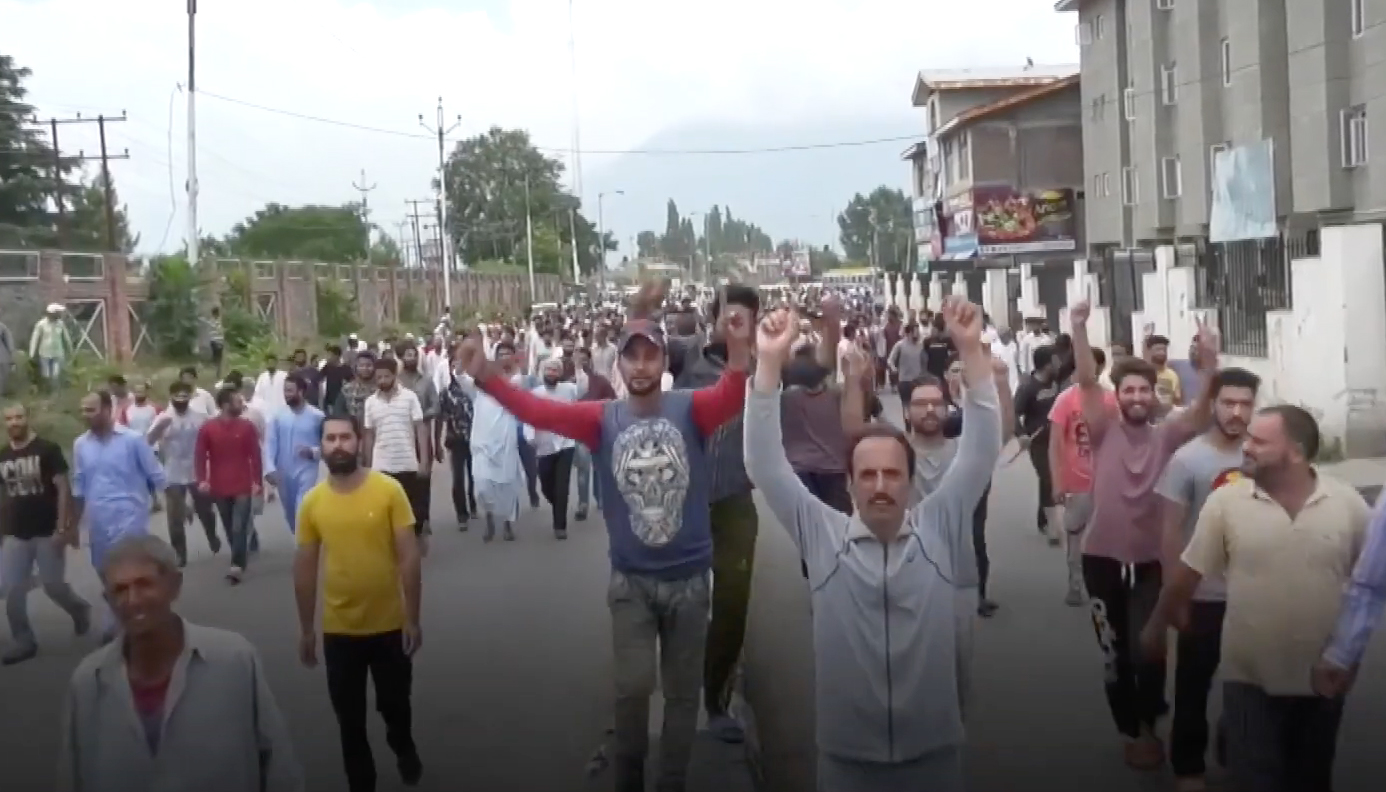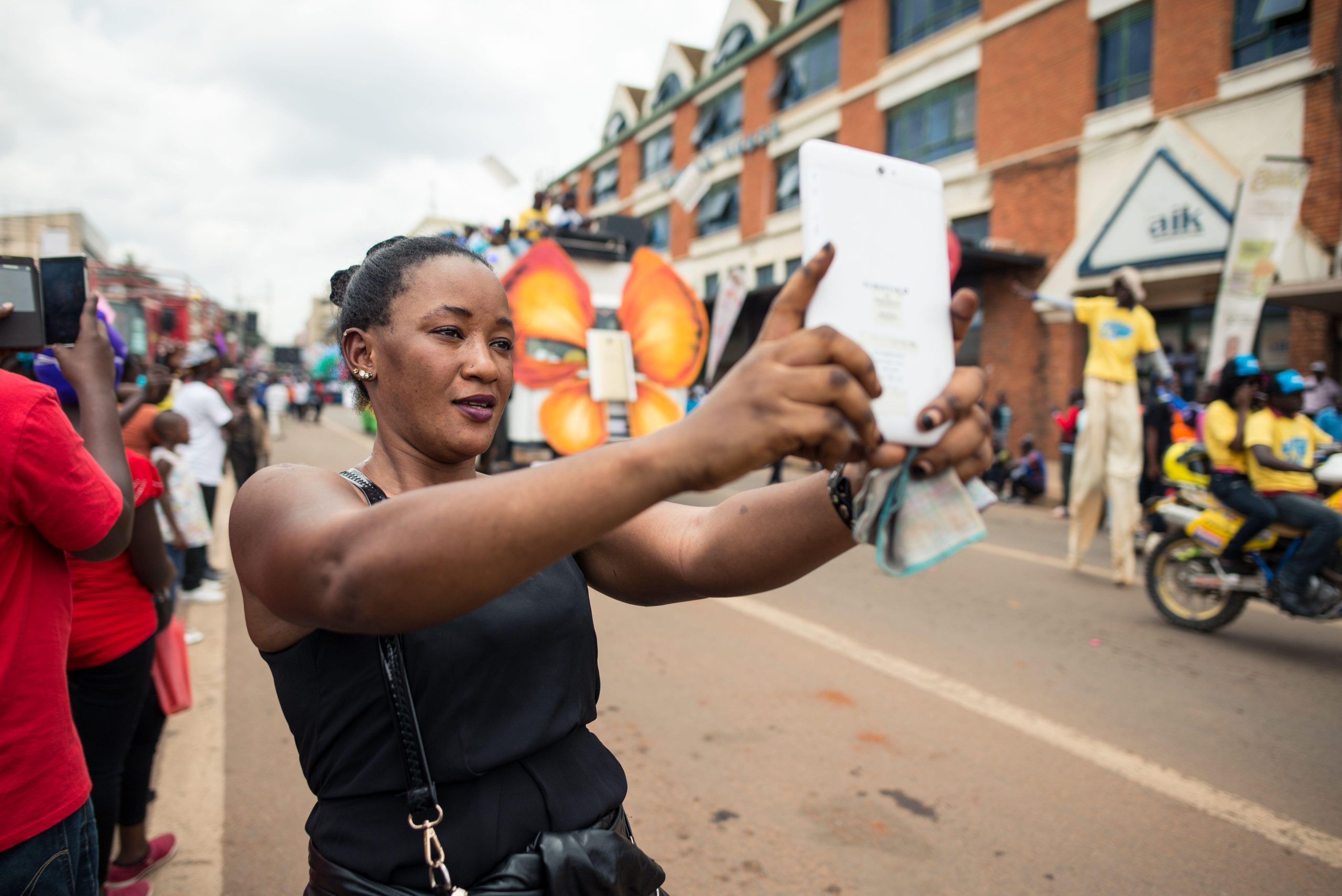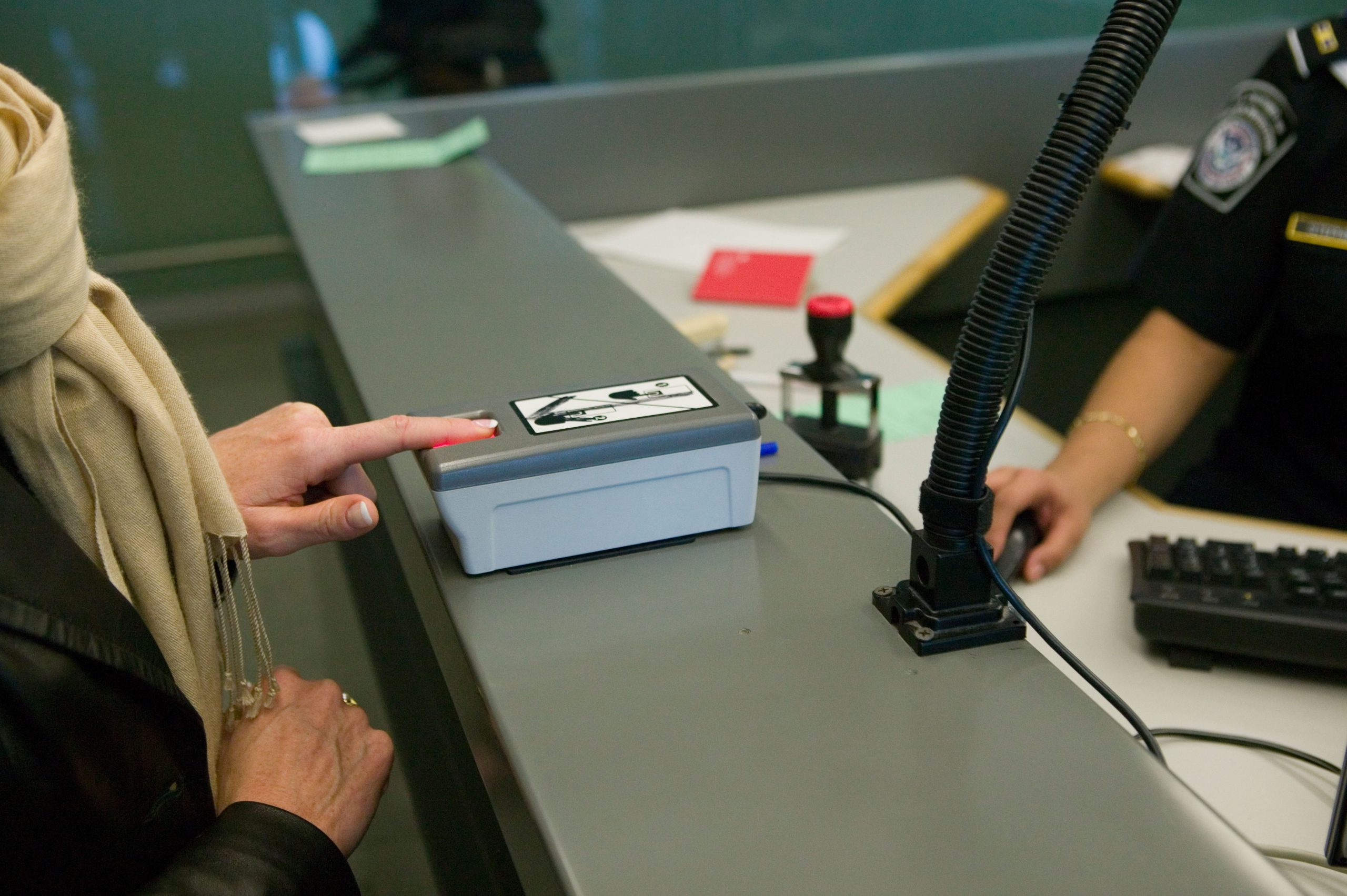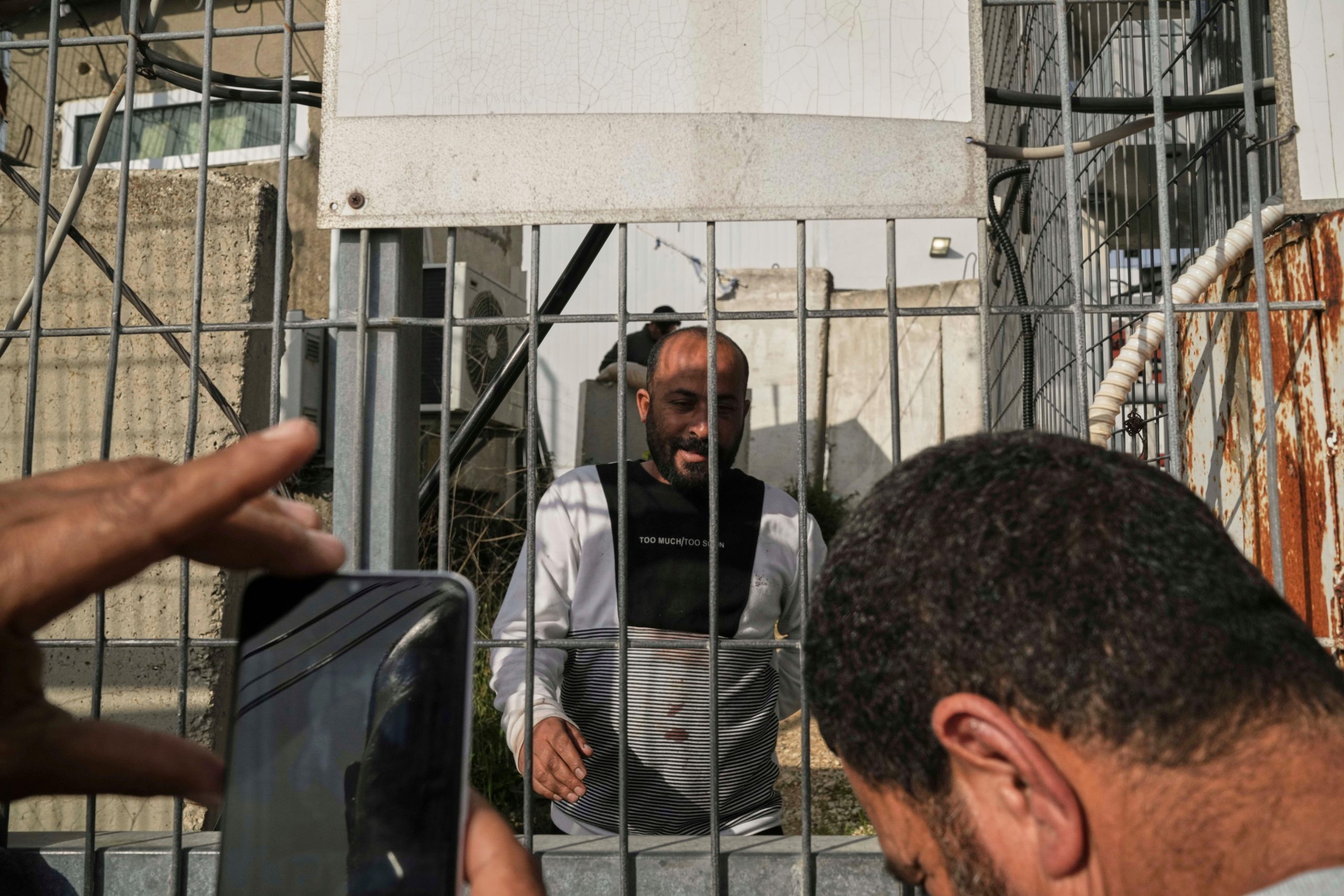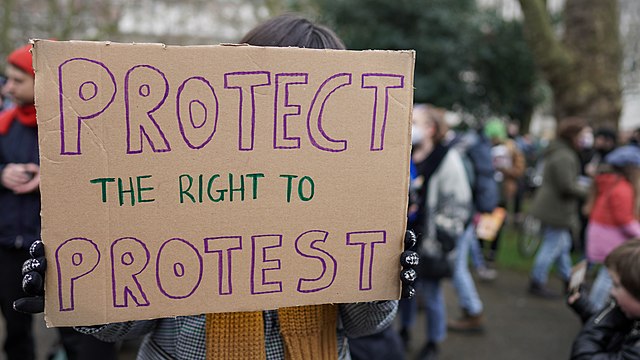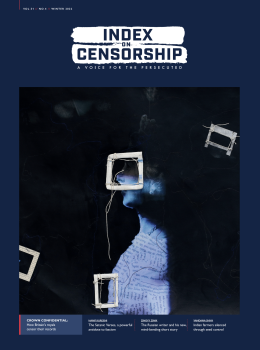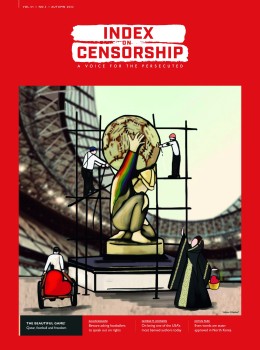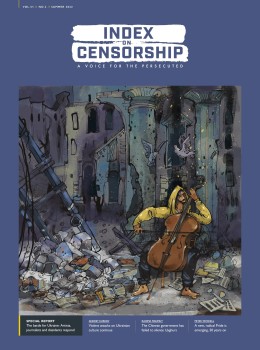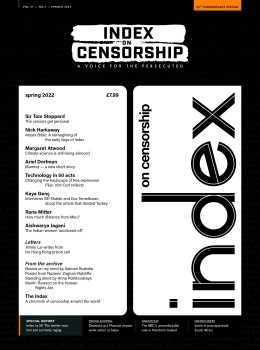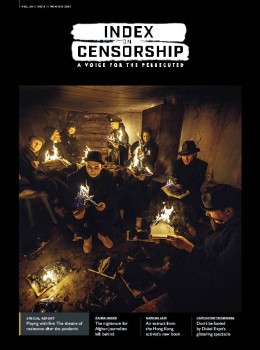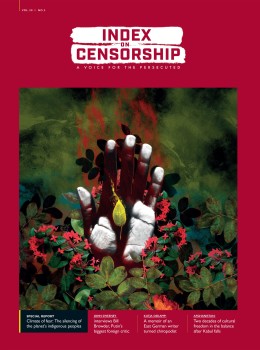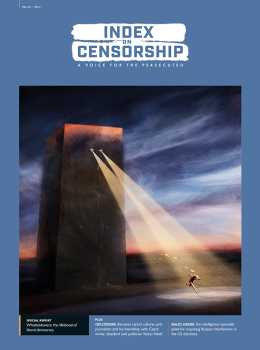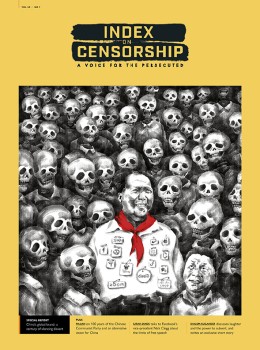[vc_row][vc_column][vc_custom_heading text=”We report on the border region’s long-term crackdown on communications well before the latest news blackout. Rituparna Chatterjee, talked to academics and journalists about what it has been like to live there” google_fonts=”font_family:Libre%20Baskerville%3Aregular%2Citalic%2C700|font_style:400%20italic%3A400%3Aitalic”][vc_column_text]
When the Indian government revoked Article 370 of the constitution, which had guaranteed Jammu and Kashmir autonomy, in early August 2019 there began a news blackout in the region.
Television, telephone and internet links were cut, opposition leaders arrested and no one knew what was happening. Many local journalists became uncontactable.
Early on a video of protests in Srinagar during the Eid festival which was posted by the BBC Urdu service – was condemned by the Indian government as “fake news”.
Now, a little more news has begun to trickle out.
However even before the current crisis, it was difficult to get news out of Jammu and Kashmir. For many years, stringent restrictions on freedom of expression had become a way of life in this troubled border state.
Mobile phone signals were often blocked, and the internet was regularly turned off.
This had affected journalists’ ability to cover the region properly and meant that it was hard to get any impartial news out of the area.
Index spoke to academics and residents in July 2019 about what happened before the current crisis imposed.
For those living and working in this border state, forced co-existence with the army had become a way of life. Generations of Kashmir’s children have grown up in the shadow of the gun. The normalisation of the cheek-by-jowl existence with the armed forces, posted in the state to maintain peace, has been bitterly criticised time and again by human rights activists. In December 2018, Amnesty International observed: “A worrying pattern is emerging in Kashmir where security forces are increasingly using indiscriminate and excessive force against civilians.”
A recent report, that India rejected as “false and motivated”, by the UN Human Rights Council stated that the suppression of human rights continued unabated in the region following the Pulwama attack. (A militant attack on a police convoy on the Jammu–Srinagar highway in February 2019 in Kashmir’s Pulwama district had led to the deaths of 40 people.)
“In no other state will you see more faujis [soldiers] than residents,” said Asif Iqbal (name changed for his safety), a hotel manager in the town of Kangan, in the Ganderbal district. Even peaceful protests by locals result in disproportionate violence, he claims.
He says to live in “constant fear” of the ever-present military, wary of phones being tapped, is also censorship.
In Jammu and Kashmir, local journalists say there are particular challenges they face while reporting conflict.
“It’s like walking on the edge of a sharp sword,” one of them, Bilal Hussain, told Index. This is a sentiment that resonates with others reporting from there. Hussain is referring to the balance commentators from Kashmir have to strike to appear neutral while highlighting problems faced by locals in this border state with one of the world’s largest military presences and a regimented way of life.
Repeated attempts by Index to contact Hussain after the revocation of Article 370 have failed. His phone remains out of reach as of 23 August.
Journalists say they are quick to be labelled as working against the nation’s interest and harassed if the state perceives there to be even the slightest hint of sympathy in what they write towards those resisting Indian rule. Meanwhile, they run the risk of being labelled as statists by separatists if they hold up the state’s established position on the territorial sovereignty of Kashmir.
It’s a conflict that has widowed women, radicalised young men, killed children caught in the crossfire between armed forces and protesters, and blinded youths due to the use of pellet guns. Cross-border terrorism has taken the lives of hundreds of soldiers posted to the region, drawn from villages and towns in other parts of the country. India blames neighbouring state Pakistan of harbouring militants — a claim Pakistan denies — who routinely launch attacks on Indian forces after crossing the border.
Iqbal said: “People just want their rights. Even for peaceful protests, tear gas and pellet guns are used, whereas in every other state police only use lathis [wooden sticks]. We’re afraid to [go] out alone after 8.30pm or 9pm without a security escort for fear of being detained by the police.” Pellet guns were introduced in 2010 to subdue mass street protests.
A recent study by the Jammu Kashmir Coalition of Civil Society (JKCCS), a human rights organisation, found that between January and June this year a total of 271 people were killed – 108 from the Indian armed forces, 43 civilians and 120 militants – in an escalation of violence following the Pulwama attack.
Kashmiri scholar Sheikh Showkat Hussain, who teaches international law and human rights at the Central University of Kashmir, says censorship of the press has affected the people’s right to self-determination. “In order to crush the resistance, [the government] restricts the media, they restrict the information, social media and the internet. Local dailies are denied advertisements,” he said. In 2010, he says, there was censoring of electronic press in the state followed by a freeze on government advertising – the same year some local daily titles refused to publish some of his columns, “possibly fearing backlash from the government” for giving his views a platform.
In the absence of a private sector in Kashmir, newspaper ads become a tool for those in power to control the narrative. Newspapers are mainly dependent on government advertisements and are incapacitated when the establishment puts a freeze on them.
“Indian media remains indifferent to the plight of Kashmiris,” Hussain said. “The root of alienation is denial of rights.” In recent months, as a precursor to the takeover, two of Kashmir’s newspapers had stopped getting government ads and there was a crackdown on local press following the re-election of Prime Minister Narendra Modi’s right-wing government.
Ghulam Jeelani Qadri, the publisher of the Urdu-language newspaper Daily Afaaq, was arrested in June over a case dating back to 1990, when Qadri published a statement by a militant group.
[/vc_column_text][vc_row_inner][vc_column_inner width=”1/4″][vc_icon icon_fontawesome=”fa fa-quote-left” color=”custom” size=”xl” align=”right” custom_color=”#dd3333″][/vc_column_inner][vc_column_inner width=”3/4″][vc_custom_heading text=”Living in a militarised area is oppressive. Nobody wants to live like that.” font_container=”tag:h3|text_align:left” google_fonts=”font_family:Libre%20Baskerville%3Aregular%2Citalic%2C700|font_style:400%20italic%3A400%3Aitalic”][/vc_column_inner][/vc_row_inner][/vc_column][/vc_row][vc_row][vc_column][vc_column_text]
Journalist Aasif Sultan was arrested last year and is still in custody. Sultan had written a story commemorating the second anniversary of the death of Buhran Wani, a commander of the pro-Pakistan militant group Hizbul Mujahideen. His death had triggered protests in the Kashmir Valley.
But the situation is worse for women in Kashmir, who fight several layers of discrimination.
An independent female journalist in Pulwama district, said: “As a Kashmiri, you cannot not be neutral, but … you will be attacked by one side or the other – considered either a separatist or a statist. You are balancing a thin line.” She speaks of friends incarcerated by the police under the controversial Public Safety Act – a law that has been condemned by rights organisations as a political tool to curb dissent.
“Being a Kashmiri woman, there is a layered and structural institutionalisation of patriarchy – first we are women, then Muslim, then we are in a conflict zone… when you go out you don’t know if you will come back or not,” she said.
Kashmir is a largely conservative society with a majority-Muslim population, and women still face many curbs. Although the trend is slowly shifting, they are not encouraged to take up careers in journalism, for example. “Even now, a girl with a camera is still a shock for many people in the suburbs,” said the woman journalist. (One of the justifications given by the government for revoking Article 370 has been the restitution of the rights enjoyed by women elsewhere in India.) “We are now often prone to censoring ourselves — How is this going to impact me? Is any story worth my life?”
She says that in a recent election to the Kashmir Press Council, not a single woman was encouraged to contest.
After every violent incident in Kashmir, the government shuts down the internet to stop the spread of rumours and propaganda. A report by the Software Freedom Law Centre, which tracks internet shutdowns in India, found that the authorities were disconnecting the internet at a rate of 10 times a month in Jammu and Kashmir.
“After the Amarnath row [when protests broke out over the transfer of land to the cave shrine of Amarnath], for a year our pre-paid sim cards did not work, and SMS services were blocked for six or seven months. Even now, three or four days a week the internet remains suspended,” she said.
As with Hussain, Index has not been able to contact the female journalist following the lockdown in Kashmir and is concerned about naming her.
After the communication blockade, people were reported to be queuing outside government offices for hours for just two-minute phone conversations with family members outside Kashmir.
However, not all journalists conversant with Kashmir’s politics hold the same view on the militarisation of the region. Some consider it necessary to keep at bay arch-rival Pakistan and militants that allegedly train across the border to launch covert operations against India.
“Kashmir isn’t just another border with free access or marked boundaries at all locations,” said Aditya Raj Kaul, a Srinagar-born editor who covers strategic affairs and internal security for a business media network. “For the last few decades, state-sponsored terrorism from Pakistan has led to violence and chaos in the state which has further resulted in killings of several journalists, writers and activists. For instance, in recent times several political activists actively campaigning for democratic polls have been gunned down by terrorists.
Referring to the founding editor of Srinagar-based newspaper Rising Kashmir, who was gunned down outside his office, Kaul added: “Shujaat Bukhari was killed by terrorists last year just after he returned from Dubai, where he was participating in a peace summit. Similarly, several journalists and writers face pressure from radical elements to tow a particular line against the state or face consequences.
“There is a fear [and] psychosis created by local politicians for their vested interests. Local media in Kashmir that have been found critical of the state and the establishment haven’t faced any hurdles or threats to their livelihoods or professional lives.”
Senior journalist and author Shiv Aroor said: “The intention is to demilitarise as much as possible, but you have to remember that we are dealing with an unpredictable, insidious country on the other side – a country that has proven not to care about civilian life and continues a proxy war through militant groups which are frequently harming the local population and which has taken locals psychologically hostage. They are not allowing things to normalise, and eventually it becomes a vicious circle in which all incentive for economic progress of the region is not being allowed to take hold.”
There are pockets in Kashmir’s tentative border where commercial interests have defied the terrorists, but trade is disrupted every time there’s an incident or a border skirmish.
“You are facing an international threat here. It’s a question of sovereignty …When there are visible attempts to take control of [Indian] territory, you need the army to have boots on the ground because Kashmir is unlike any other border,” said Aroor, who has covered the Indian military for more than a decade.
“Living in a militarised area is oppressive. Nobody wants to live like that,” he added, but in the face of stone-pelting by youths, the army and the police often have to make split-second decisions to protect not just themselves but the lives of civilians and stop the possibility of an escalation of violence.
As Kashmir remains tense, civil rights activists are keeping up their pressure on the government to open up communication lines — a goodwill measure that they say will help gain back the trust of the Kashmiri people.
[/vc_column_text][/vc_column][/vc_row][vc_row][vc_column][vc_column_text]
Rituparna Chatterjee is a freelance journalist based in New Delhi
[/vc_column_text][/vc_column][/vc_row][vc_row][vc_column width=”1/3″][vc_custom_heading text=”How governments use power to undermine justice and freedom” font_container=”tag:h3|text_align:left” link=”url:https%3A%2F%2Fwww.indexoncensorship.org%2F2019%2F06%2Fmagazine-judged-how-governments-use-power-to-undermine-justice-and-freedom%2F|||”][vc_column_text]The summer 2019 Index on Censorship magazine looks at the narrowing gap between a nation’s leader and its judges and lawyers.[/vc_column_text][/vc_column][vc_column width=”1/3″][vc_row_inner][vc_column_inner][vc_single_image image=”107686″ img_size=”full” onclick=”custom_link” link=”https://www.indexoncensorship.org/2019/06/magazine-judged-how-governments-use-power-to-undermine-justice-and-freedom/”][/vc_column_inner][/vc_row_inner][/vc_column][vc_column width=”1/3″][vc_custom_heading text=”Subscribe” font_container=”tag:h3|text_align:left”][vc_row_inner][vc_column_inner][vc_column_text]In print, online. In your mailbox, on your iPad.
Subscription options from £18 or just £1.49 in the App Store for a digital issue.
Every subscriber helps support Index on Censorship’s projects around the world.
![]() SUBSCRIBE NOW[/vc_column_text][/vc_column_inner][/vc_row_inner][/vc_column][/vc_row]
SUBSCRIBE NOW[/vc_column_text][/vc_column_inner][/vc_row_inner][/vc_column][/vc_row]

